top 10 highlights of starcoin
On May 18, 2021, Starcoin publicly held an event to launch the Starcoin mainnet, inviting a group of crypto industry leaders, builders and innovators to witness the birth of the Starcoin mainnet. just a few months after the Starcoin mainnet went online, it has won a lot of attention in the industry and accumulated a group of loyal fans. So what kind of advantages does Starcoin have compared to other public chains? In this article, we list the ten highlights and innovative designs of Starcoin for your reference.
Enhanced PoW
The Starcoin consensus is an enhanced version of the Satoshi Nakamoto consensus, which has two ways to increase network throughput, by increasing block size or short outgoing block intervals. Both ways increase the probability of unclear or orphaned blocks in the network, and the increase of unclear and orphaned blocks will increase the congestion of the network, which in turn reduces the difficulty of double-spend attacks, thus threatening the security of the network. In order to solve this problem, balance the throughput and network congestion, and maximize the use of the network, Starcoin consensus is optimized and enhanced on top of Bitcoin consensus.
- Starcoin consensus introduces runtime data such as uncle block rate, detects network congestion, and then automatically and dynamically adjusts block-out time, difficulty, and block-out reward to find a balance between throughput and network congestion, reducing network security risk and improving user experience.
- Starcoin consensus is able to capture fluctuations in arithmetic power more acutely, adjusting the difficulty in a timely manner and reducing the risk of arithmetic attacks.
- Consensus-related parameters can be safely escalated through community governance.
Self-explaining economic model
STC is the native Token of the Starcoin network, with a total issue of 3,185,136,000 STCs, a constant total, locked in the Treasury module. One part rewards those honest nodes that guard the security of the Starcoin network, and the other part goes to the on-chain ecosystem through withdrawal rights in a linear release. By incentivizing the on-chain ecology, the overall application flourishes. With a prosperous on-chain ecological application, the on-chain base ecological gains, and finally the circulating STCs are returned to the Treasury module again by some means.
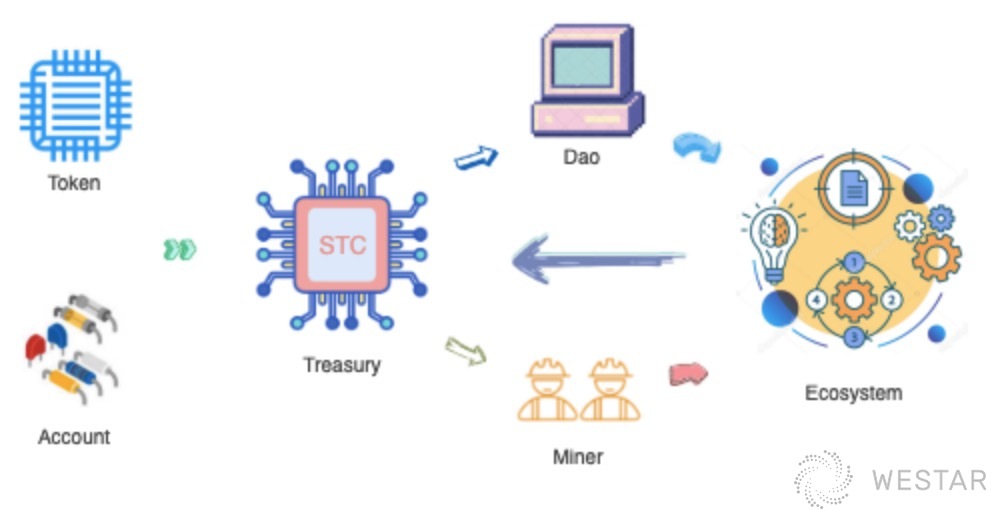
Clear ownership
In a public chain with Solidity as the smart contract language, taking ERC20 as an example, although the wallet shows that a certain ERC20 belongs to a certain account, there is no such data in the data store of the account. Where is this data? The data is stored uniformly under the account of the contract implementation of that ERC20, distinguished by a Map-like data structure, marked by Address. This centralized way of storing data, on the one hand, does not give ownership of the data to the corresponding account, and on the other hand, there are security risks.
In Starcoin’s account model, any data generated by a contract can be stored decentrally under the user’s respective account data. When a user needs to manipulate their own data, they take it out of their account and pass it to the contract for manipulation. On the one hand, it is clear which account the data belongs to, and on the other hand, it reduces the security risk of the data.
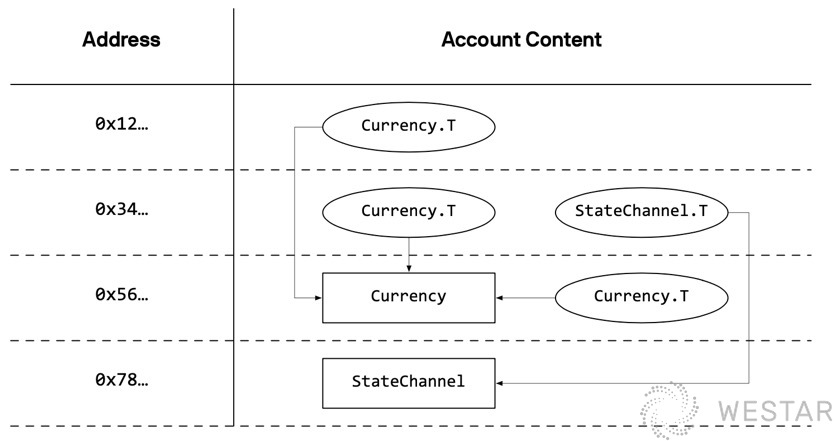
Status Fees
State explosion is a problem faced by many public chains. A lot of data, written to the chain, even if it no longer has any value or meaning, has to be kept for a long time and also synchronized by other nodes. This is actually a great waste of resources, and a distributed system that only increases and decreases is difficult to maintain continuity in the long run, which is a problem to be faced sooner or later.
Starcoin focused on the state explosion at the beginning of its design, and through clever design, made long-term preparations for state fees, gradually eliminating which data has no value. It is a benign law of development to eliminate worthless data and provide value-added space for more valuable data.
Move — A smart contract language for linear logic
In the DeFi era, security issues occur frequently, such as TheDAO vulnerability, Parity wallet vulnerability, PolyNetwork vulnerability, etc., which can easily cost hundreds of millions of dollars each year. The reasons for these vulnerabilities are varied, but most of the common vulnerabilities are simply overlooked during development and design, such as overflow issues. On the one hand, no one can completely guarantee that there will be no vulnerabilities, and on the other hand, security is a very specialized segment of the computer industry, usually with dedicated practitioners, not usually the same people as smart contract developers. In fact, this is a higher security requirement for smart contract developers, raising the development bar in disguise.
Starcoin expects to choose a more secure language as its smart contract language, to address most of the common vulnerabilities such as overflow vulnerabilities from the language level, to lower the threshold for developers, to reduce the security risk of smart contracts, and thus to reduce vulnerability generation. With this in mind, Starcoin finally chose Move as its smart contract language.
Move is a linear logic smart contract language with resource-oriented programming and very good security features. Smart contract developers are likewise able to easily write contracts that meet certain security requirements while focusing only on business logic, and can greatly avoid common security risks such as overflows and infinite incrementation.
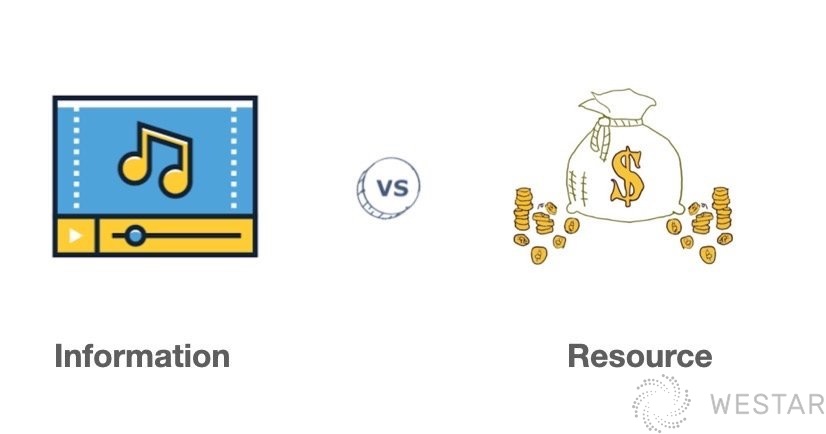
Formal verification
Formal verification is a relatively cutting-edge technology that proves the security of a program through mathematical means. Ethereum-led public chains have been exploring formal verification to improve the security of smart contracts for many years, but have not found a good and implementable solution.
Move has supported a mature set of formal verification tools based on resource-oriented programming to enhance security. Users can simply write SPECs to mathematically prove the security of the program, easily avoiding any security risks caused by oversight.
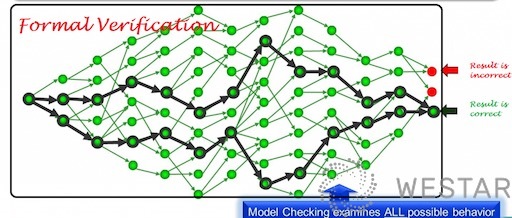
Stdlib
Starcoin has a very interesting feature that no other public chain has: Stdlib.
Starcoin uses Stdlib to officially order and publish some common contracts for other users, which are easy to use right out of the box.
- Underlying contracts, such as floating-point operation contracts.
- Ordering common protocols, such as Token protocol, NFT protocol, Oracle protocol, etc.
Starcoin’s Stdlib is an already implemented contract. Because the official implementation has been provided, based on the Stdlib base protocol, users can easily design their own applications, such as NFT applications or Oracle applications, without having to implement them themselves according to the protocol, and only need to implement the business logic contract code.
On-chain governance DAO

Starcoin has customized a very versatile set of on-chain governance DAO contracts in Stdlib, out of the box. Anyone can use it, and any decision at the contract level can be done in an on-chain governance way. Also, anyone in the community can participate in the governance of the community by voting for or against it.
This is a universal DAO that supports any type of Token voting. The vote has a validity time and is valid only after the number of votes reaches a threshold of 4% of Tokens in circulation within the specified time. If there are more votes for than against, the vote passes, otherwise, if there are more votes against than for, the vote fails.
Secure Smart Contract Upgrade Solution
Starcoin believes in the law as code. In some very specific cases, Starcoin also wants to have a solution for securely upgrading smart contracts.
Starcoin’s contracts mark uniqueness by Module name and Ethereum’s contracts mark uniqueness by HashCode. So Starcoin’s smart contracts can be upgraded with guaranteed compatibility. Starcoin’s Stdlib uses this approach to securely upgrade smart contracts by combining with on-chain governance DAOs to vote on contract upgrades under the supervision of the entire community.
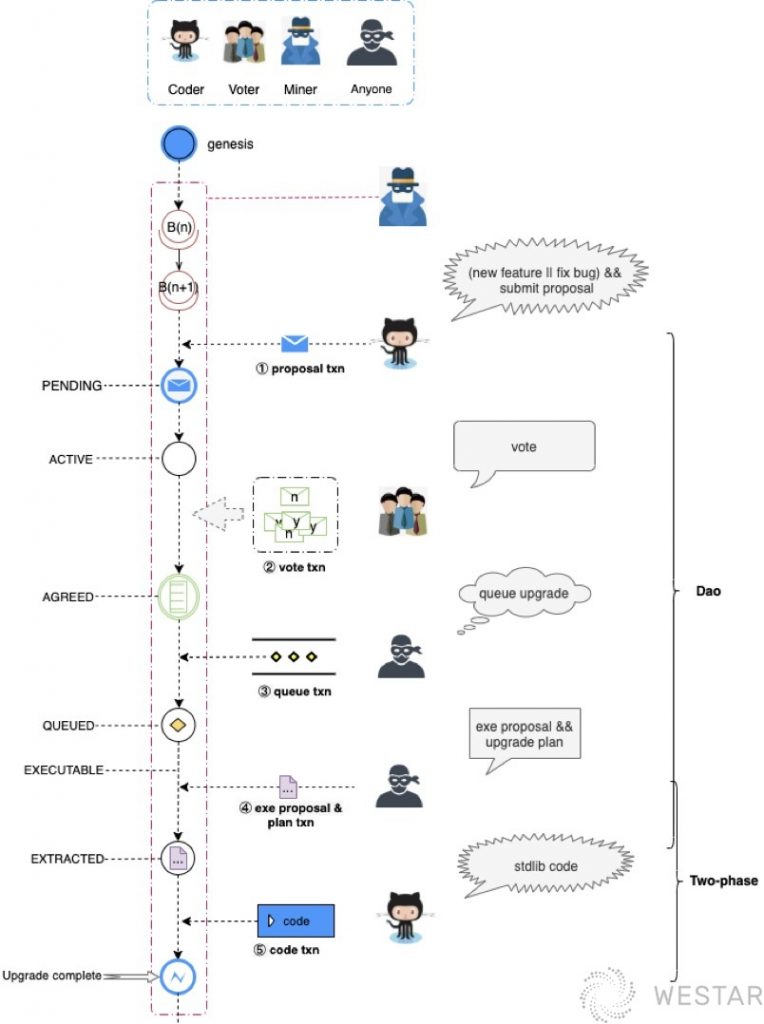
Scalable second layer
Starcoin is a layered smart contract with the Defi network, which means that Starcoin not only has a layer of the network but also designs and implements its own second layer. starcoin’s second layer is dedicated to securely connecting everyone, penetrating blockchain technology into daily life scenarios, and allowing users to enjoy the dividends and convenience of blockchain.
Starcoin’s second layer will be a universal solution. By finding a secure algorithm that allows for a more NATIVE combination of layer one and layer two, data can flow securely, freely and easily between the two layers.
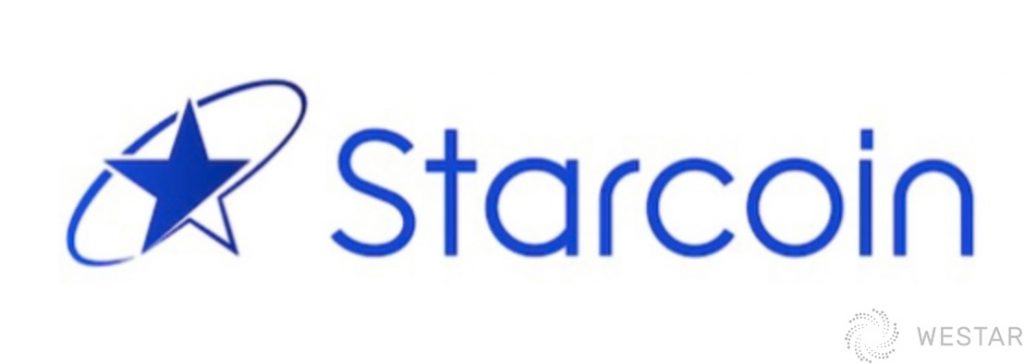
More features of Starcoin
In addition to the ten highlights mentioned above, there are many more interesting highlights of Starcoin, such as first-class CitizenResource, dual MerkleAccumulator, double-layer state tree, two-stage commit, innate NFT type, safer Token, Oracle protocol, convenient contract account, etc. We will add them slowly when we have time.
Starcoin is more than just a public chain, starting from a layer that encompasses Move, a smart contract for DeFi, a scalable second layer, and a lot of excellent design and innovation at all levels compared to other public chains.
